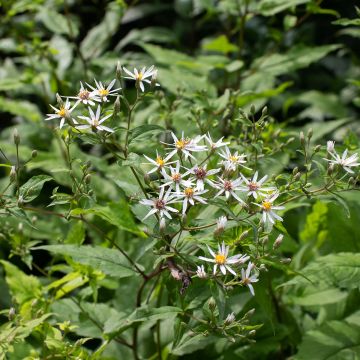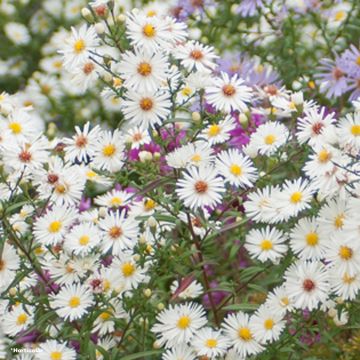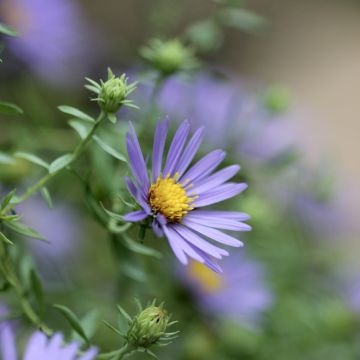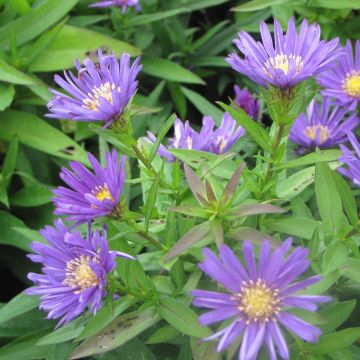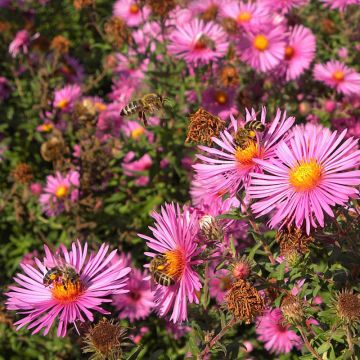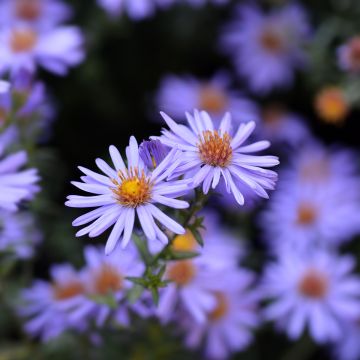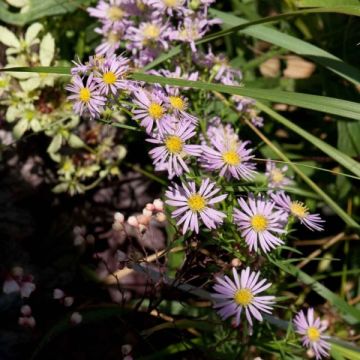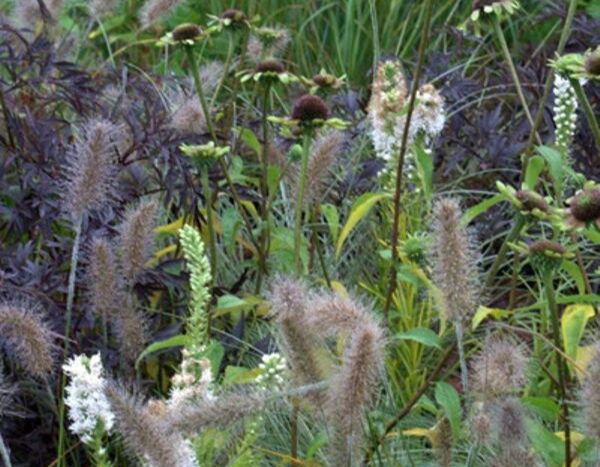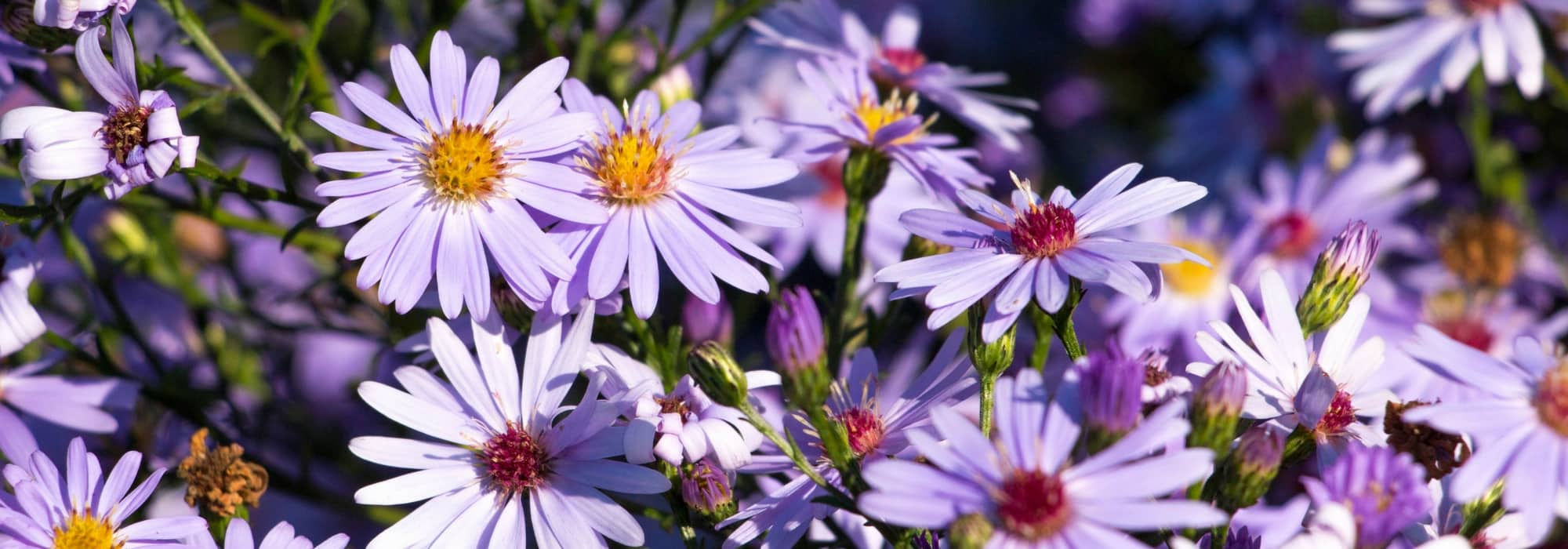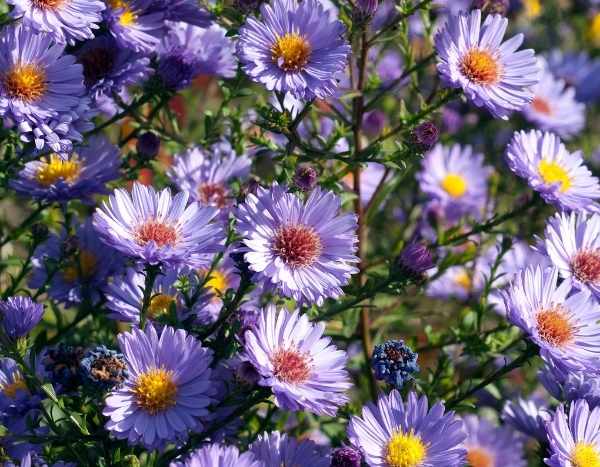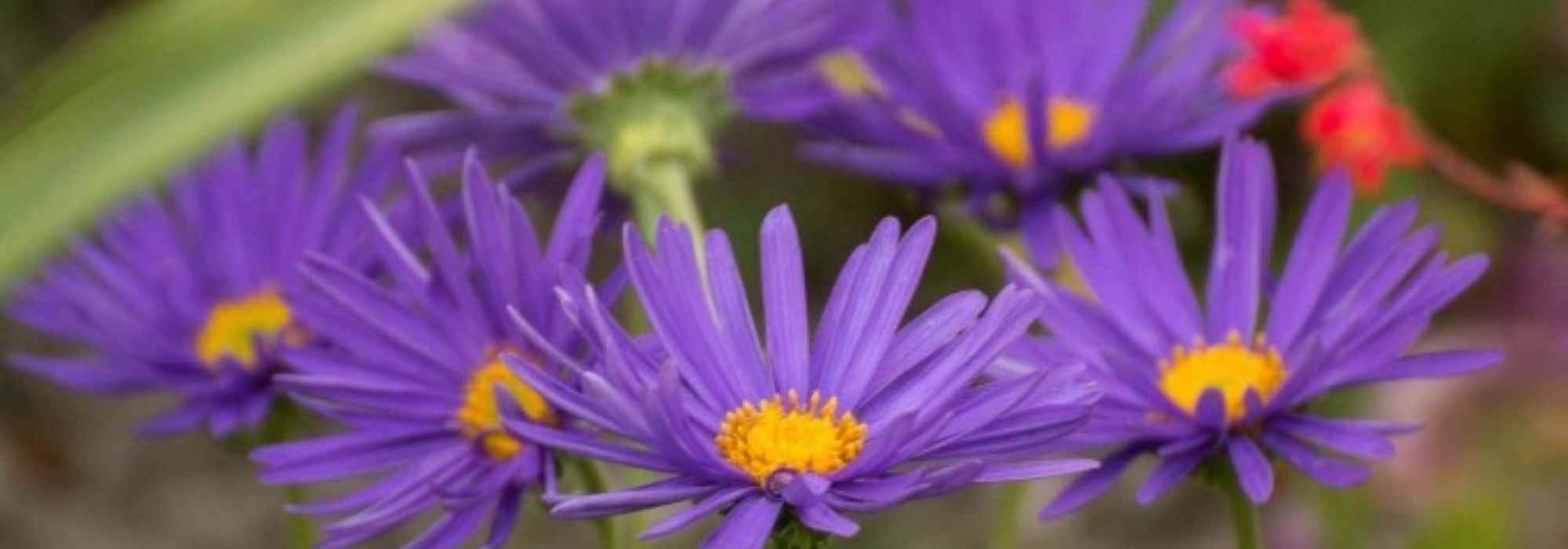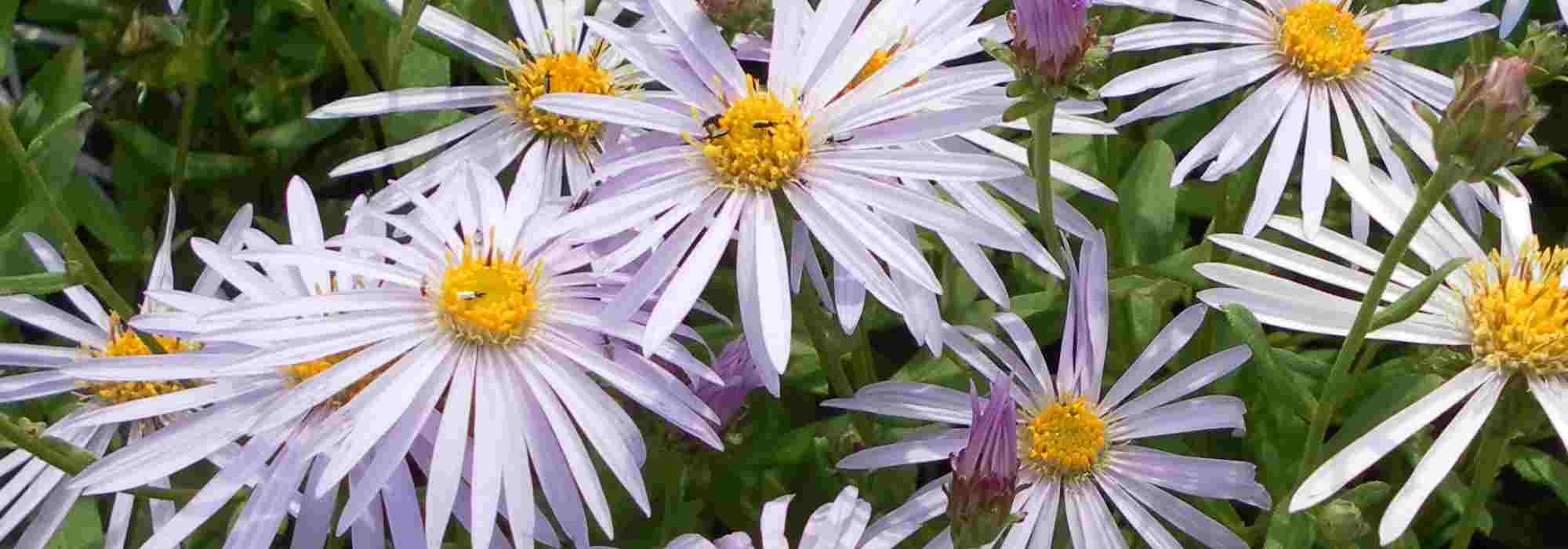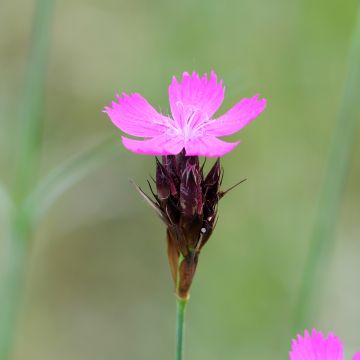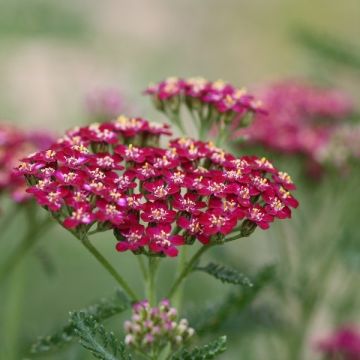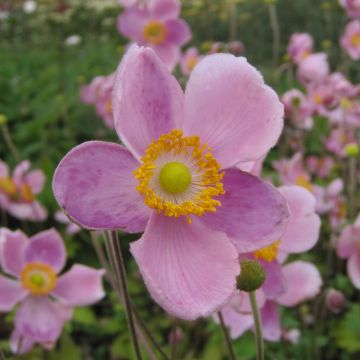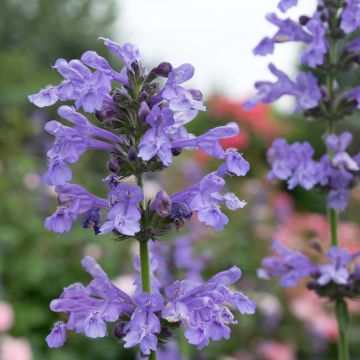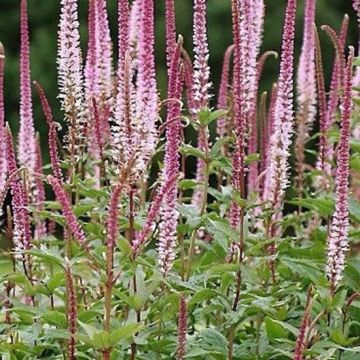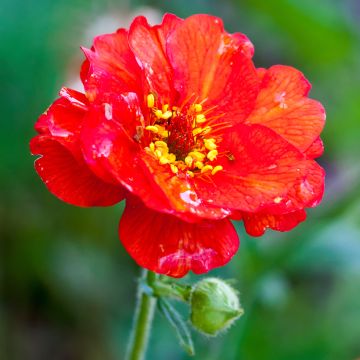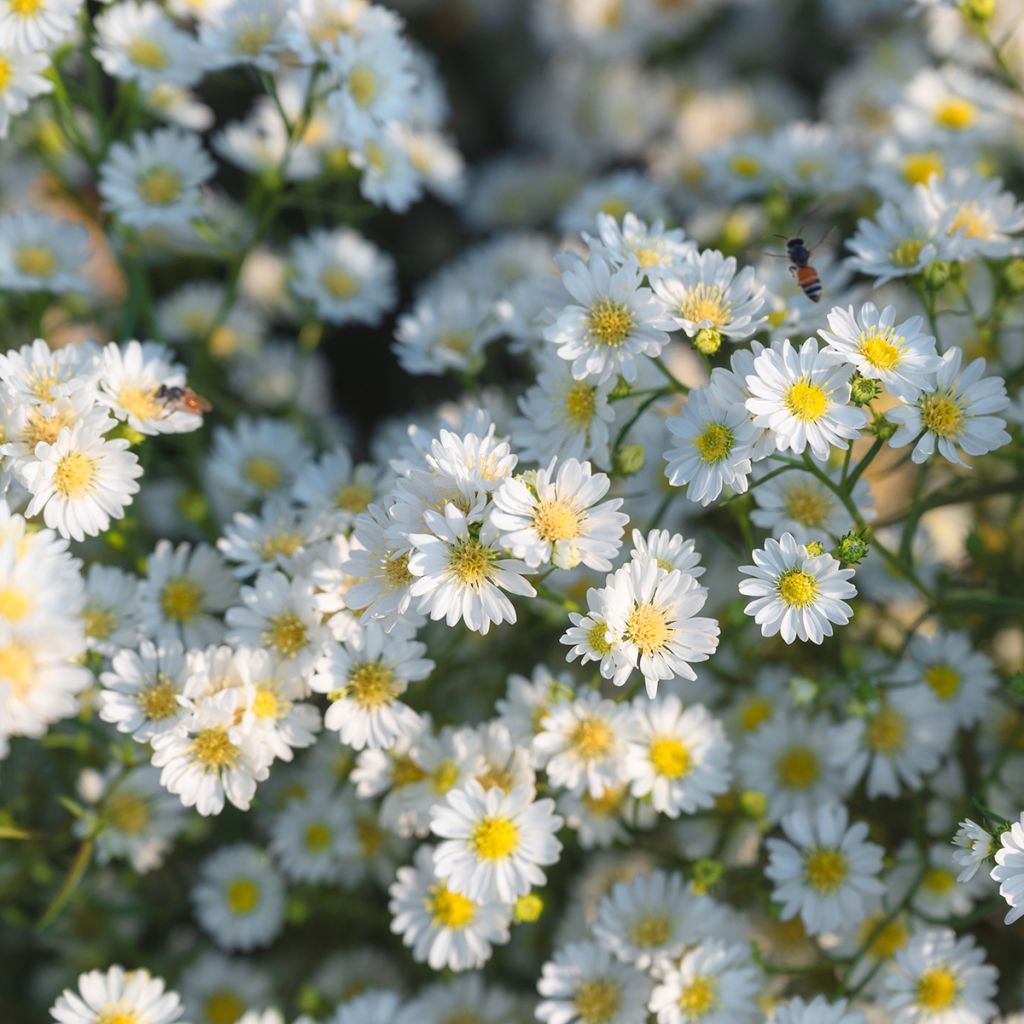

Aster ericoïdes Schneegitter - Heath Aster
Aster ericoïdes Schneegitter - Heath Aster
Aster ericoïdes Schneegitter
Heath Aster, Frost Aster
Special offer!
Receive a €20 voucher for any order over €90 (excluding delivery costs, credit notes, and plastic-free options)!
1- Add your favorite plants to your cart.
2- Once you have reached €90, confirm your order (you can even choose the delivery date!).
3- As soon as your order is shipped, you will receive an email containing your voucher code, valid for 3 months (90 days).
Your voucher is unique and can only be used once, for any order with a minimum value of €20, excluding delivery costs.
Can be combined with other current offers, non-divisible and non-refundable.
Home or relay delivery (depending on size and destination)
Schedule delivery date,
and select date in basket
This plant carries a 12 months recovery warranty
More information
We guarantee the quality of our plants for a full growing cycle, and will replace at our expense any plant that fails to recover under normal climatic and planting conditions.
Would this plant suit my garden?
Set up your Plantfit profile →
Description
The Aster ericoides 'Schneegitter' dazzles with its abundance of delicate white flowers that it produces in late summer on a well-branched plant, creating a hazy effect. Its foliage of narrow apple green needles is equally attractive. This very vigorous aster dresses up a naturalistic border or mixed border with light just as the garden gradually prepares for winter. It requires little care and watering, and even though it reaches a good height, its sturdy branches allow it to do without staking.
The Aster ericoides, now renamed Symphyotichum ericoïdes, belongs to the large family of Asteraceae. This botanical species is native to the eastern and central United States, as well as northern Mexico. 'Schneegitter' shows exceptional growth and vitality, quickly reaching 90 cm to 1 m in height and 70 cm in width. The flowering lasts for two months, from late August or early September to late October. The thin, flexible but strong and well-branched stems are covered with tiny white flower heads with yellow centres, measuring less than 1 cm in diameter, much appreciated by butterflies. The tender green foliage is very fine, composed of small pointed and lanceolate leaves. Once the flowering is finished, the stems dry out. However, many small leaves appear at the base of this aster. They will persist throughout the winter.
This beautiful variety of Aster ericoides or heath aster is easy to grow and thrives in ordinary soil, neither too rich nor too poor, moist to occasionally dry. It is an aster that appreciates the sun, but also grows in the edge of woodland, in partial shade. Its mist of small white flowers beautifully highlights late summer roses and pairs well with autumn-flowering perennials such as echinaceas, stonecrops, perennial geraniums, salvias, and other asters of various sizes and stature, accompanied by tall grasses such as Miscanthus or Calamagrostis. It makes an excellent cut flower and lightens up more massive blooms.
Aster ericoïdes Schneegitter - Heath Aster in pictures
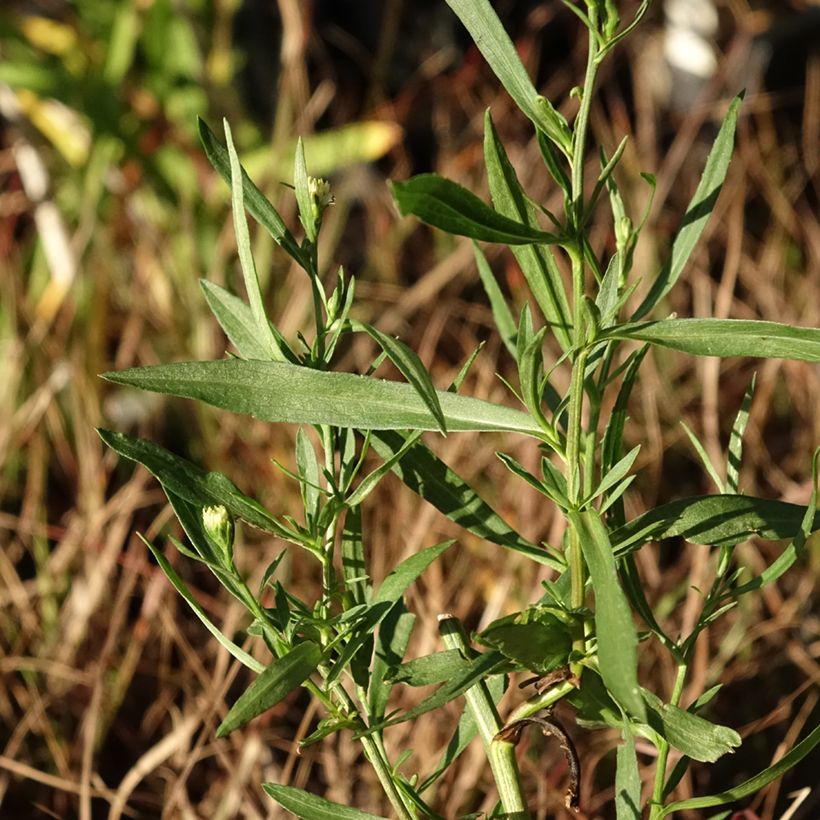

Flowering
Foliage
Plant habit
Botanical data
Aster
ericoïdes
Schneegitter
Asteraceae
Heath Aster, Frost Aster
Symphyotrichum ericoides
Cultivar or hybrid
Other Asters
View all →Planting and care
Plant Aster ericoides 'Schneegitter' in autumn or spring in ordinary soil, even clay, limestone or rocky soil, well-drained, moist to occasionally dry in summer. It appreciates a sunny exposure, but tolerates partial shade where it will have a slightly looser habit. It will be necessary to avoid strong winds that would flatten the clumps. In beds, leave at least 50 cm spacing between the plants. It is preferable to prune the faded stems to the ground to maintain a compact habit. This plant tends to sucker a little, so it may be necessary to contain its growth as it spreads when it is happy.
Planting period
Intended location
Care
Planting & care advice
This item has not been reviewed yet - be the first to leave a review about it.
Similar products
Haven't found what you were looking for?
Hardiness is the lowest winter temperature a plant can endure without suffering serious damage or even dying. However, hardiness is affected by location (a sheltered area, such as a patio), protection (winter cover) and soil type (hardiness is improved by well-drained soil).

Photo Sharing Terms & Conditions
In order to encourage gardeners to interact and share their experiences, Promesse de fleurs offers various media enabling content to be uploaded onto its Site - in particular via the ‘Photo sharing’ module.
The User agrees to refrain from:
- Posting any content that is illegal, prejudicial, insulting, racist, inciteful to hatred, revisionist, contrary to public decency, that infringes on privacy or on the privacy rights of third parties, in particular the publicity rights of persons and goods, intellectual property rights, or the right to privacy.
- Submitting content on behalf of a third party;
- Impersonate the identity of a third party and/or publish any personal information about a third party;
In general, the User undertakes to refrain from any unethical behaviour.
All Content (in particular text, comments, files, images, photos, videos, creative works, etc.), which may be subject to property or intellectual property rights, image or other private rights, shall remain the property of the User, subject to the limited rights granted by the terms of the licence granted by Promesse de fleurs as stated below. Users are at liberty to publish or not to publish such Content on the Site, notably via the ‘Photo Sharing’ facility, and accept that this Content shall be made public and freely accessible, notably on the Internet.
Users further acknowledge, undertake to have ,and guarantee that they hold all necessary rights and permissions to publish such material on the Site, in particular with regard to the legislation in force pertaining to any privacy, property, intellectual property, image, or contractual rights, or rights of any other nature. By publishing such Content on the Site, Users acknowledge accepting full liability as publishers of the Content within the meaning of the law, and grant Promesse de fleurs, free of charge, an inclusive, worldwide licence for the said Content for the entire duration of its publication, including all reproduction, representation, up/downloading, displaying, performing, transmission, and storage rights.
Users also grant permission for their name to be linked to the Content and accept that this link may not always be made available.
By engaging in posting material, Users consent to their Content becoming automatically accessible on the Internet, in particular on other sites and/or blogs and/or web pages of the Promesse de fleurs site, including in particular social pages and the Promesse de fleurs catalogue.
Users may secure the removal of entrusted content free of charge by issuing a simple request via our contact form.
The flowering period indicated on our website applies to countries and regions located in USDA zone 8 (France, the United Kingdom, Ireland, the Netherlands, etc.)
It will vary according to where you live:
- In zones 9 to 10 (Italy, Spain, Greece, etc.), flowering will occur about 2 to 4 weeks earlier.
- In zones 6 to 7 (Germany, Poland, Slovenia, and lower mountainous regions), flowering will be delayed by 2 to 3 weeks.
- In zone 5 (Central Europe, Scandinavia), blooming will be delayed by 3 to 5 weeks.
In temperate climates, pruning of spring-flowering shrubs (forsythia, spireas, etc.) should be done just after flowering.
Pruning of summer-flowering shrubs (Indian Lilac, Perovskia, etc.) can be done in winter or spring.
In cold regions as well as with frost-sensitive plants, avoid pruning too early when severe frosts may still occur.
The planting period indicated on our website applies to countries and regions located in USDA zone 8 (France, United Kingdom, Ireland, Netherlands).
It will vary according to where you live:
- In Mediterranean zones (Marseille, Madrid, Milan, etc.), autumn and winter are the best planting periods.
- In continental zones (Strasbourg, Munich, Vienna, etc.), delay planting by 2 to 3 weeks in spring and bring it forward by 2 to 4 weeks in autumn.
- In mountainous regions (the Alps, Pyrenees, Carpathians, etc.), it is best to plant in late spring (May-June) or late summer (August-September).
The harvesting period indicated on our website applies to countries and regions in USDA zone 8 (France, England, Ireland, the Netherlands).
In colder areas (Scandinavia, Poland, Austria...) fruit and vegetable harvests are likely to be delayed by 3-4 weeks.
In warmer areas (Italy, Spain, Greece, etc.), harvesting will probably take place earlier, depending on weather conditions.
The sowing periods indicated on our website apply to countries and regions within USDA Zone 8 (France, UK, Ireland, Netherlands).
In colder areas (Scandinavia, Poland, Austria...), delay any outdoor sowing by 3-4 weeks, or sow under glass.
In warmer climes (Italy, Spain, Greece, etc.), bring outdoor sowing forward by a few weeks.































